Mahabalipuram got its name after the demon king Mahabali. The history of the city goes beyond the Pallava dynasty. It was a seaport city since the 1st century and was used by traders for travelling abroad. The city flourished and was brought to limelight in the 7th to 9th century under the Pallava rule. It is believed that Mahabalipuram was renamed to Mamallapuram after the Pallava King Narsimha Varman I who went by the name Mamallan because of his great wrestling skills. Pallava kings made Mahabalipuram their capital and brought new artistic styles to the culture. The city takes pride in the stone carved sculptures, temples, and man-made curvings, and white sandy beaches.
Mamallapuram or seven pakodas or mahabalipuram - in Kanchipuram district - unesco world heritage site of south india. Dravidian style of architecture.
Seven Pakodas – by Marco Polo’s visit here and when he saw seven temples in shore side, right now only one temple survives.
Mamallapuram – It was initially started by the king Mahendravarman I, father of king Narasimhavarman I in the 7th century AD. The city named during king Narasimhavarman I as Mamallan, the "great wrestler" or "great warrior".
It is one of the port city and became a center of group of monuments carved out of rock and also treated as global trade center for srilanka and south east asia
it is located on the coastline 58-60kms out from Chennai.
- Tiger cave – near Saluvankuppam village ; you can see the tiger heads carved in the mouth of cave. 11 tigers head carved in the cave , may be used as stage for functions during pallava dynasty. Can see the rocks cut with sharp tools in the method of some weapons used during those times.
- Krishna Mandapam - dedicated for lord krishna whereas the statue resembles lord krishna lifting the govardhana hill to protect the people from heavy rains and floods. also other statues of Krishna.
- Unfinished Cave Temple - Durga (a form of goddess Shakti) who killed Mahishasura
- Arjuna's Penance or Descent of the Ganges - it is a giant open-air rock relief carved on two rock. The legend depicted descent of the river Ganges to earth from the heavens led by Bhagiratha. , and also wild and domestic animals, all admiringly looking up at the scene.
- 146 carvings
- a standing posture of Bhagiratha with one leg – the king who bought ganges to earth by penance for 1000 years. To commemorate his efforts, the head stream of the river is called Bhagirathi. To break Ganga's fall from heaven to earth, she falls onto Shiva's hair, and is divided into many streams by his tresses; this miraculous event is shown in the form of sculptures on the boulders being watched by the animals and human beings.He is doing penance to bring ganges to earth to usher prosperity and happiness to people.
- Nagas – represents wealth for people
- Shiva and other gods – blessing the saint
- Flying gandharvas
- Cat standing on one leg represents the relief
- Temple depicted like dropathi chariot dedicated for lord Vishnu
- 7 trunk male elephant , behind female one with baby elephants
- Wild animals around ganges
- Snake gods and goddess
- Deer scrubing nose with back leg
- Two monkeys
- Varaha Cave Temple - carved columns mounted on lions in a sitting posture. Sculptured side panels featuring Varaha lifting Bhu Devi, the mother earth.
- Pancha rathas - resembles a chariot (ratha), and each is carved over a single rock. Dharmaraja Ratha, Bhima Ratha, Arjuna Ratha, Nakula Sahadeva Ratha, and Draupadi Ratha.
- Dharmaraja Ratha – the tallest and largest of five rathas with 3 floors
- Bhima Ratha - single tiered - The Bhima Ratha has a pillared open veranda, a column with a Pallava seated lion, and "horseshoe-arch dormer like projections" called kudus.
- Arjuna Ratha – Similar like Dharmaraja ratha but with two floors. Nandi sculpture behind Arjuna Ratha.
- Nakula Sahadeva Ratha - entrance porch with no decorations. Sculpture of an Elephant situated next to the Nakula Sahadeva Ratha. Simha Vahana on the back side of the Nakula Sahadeva Ratha
- Draupadi Ratha –common wife of 5 pandavas - the smallest of the five rathas. Fresco of Durga image being worshipped by devotees within the ratha's sanctum.

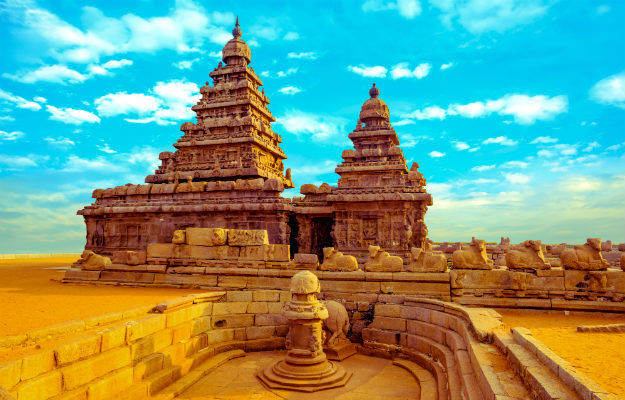
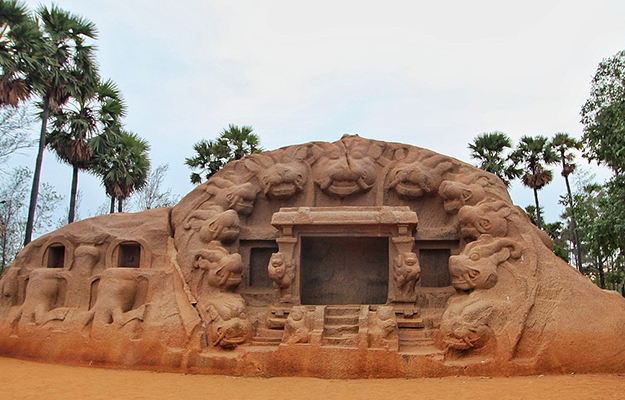
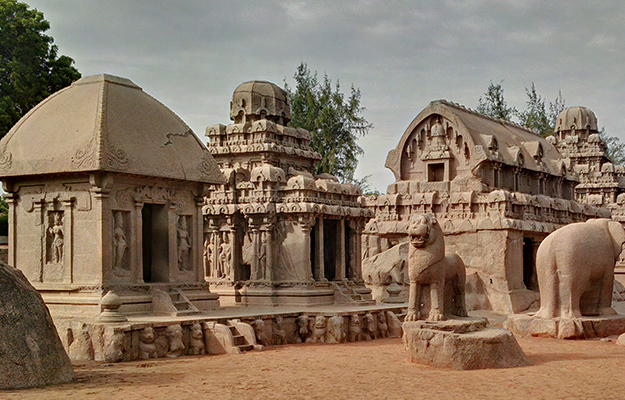
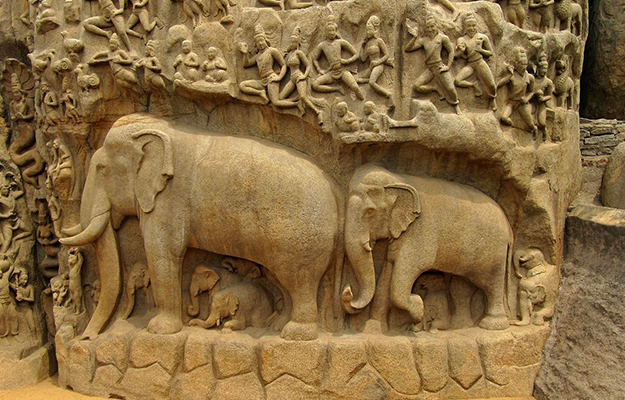
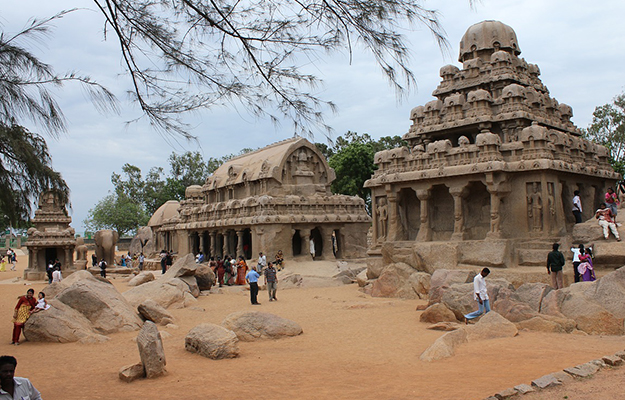
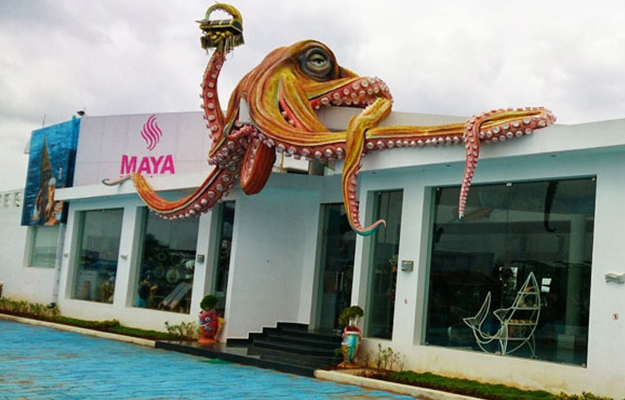
0 review for Full-Day Tour - Mahabalipuram